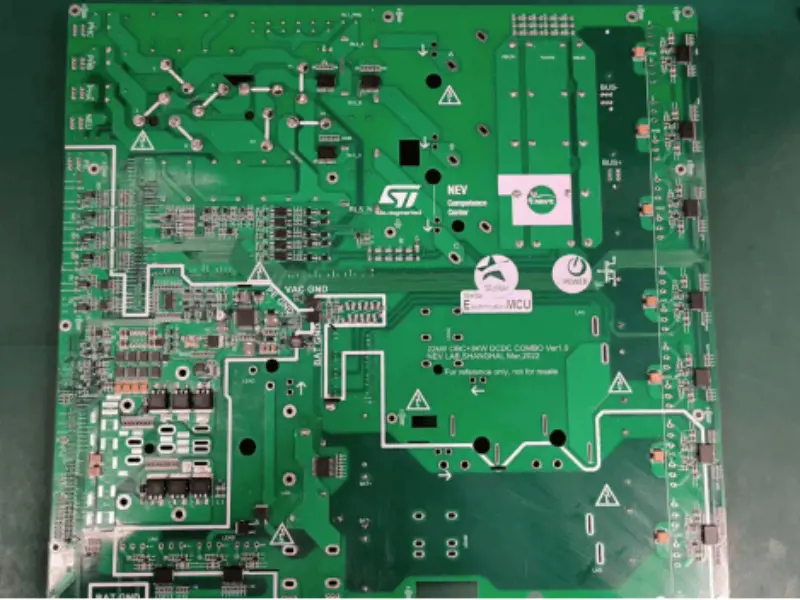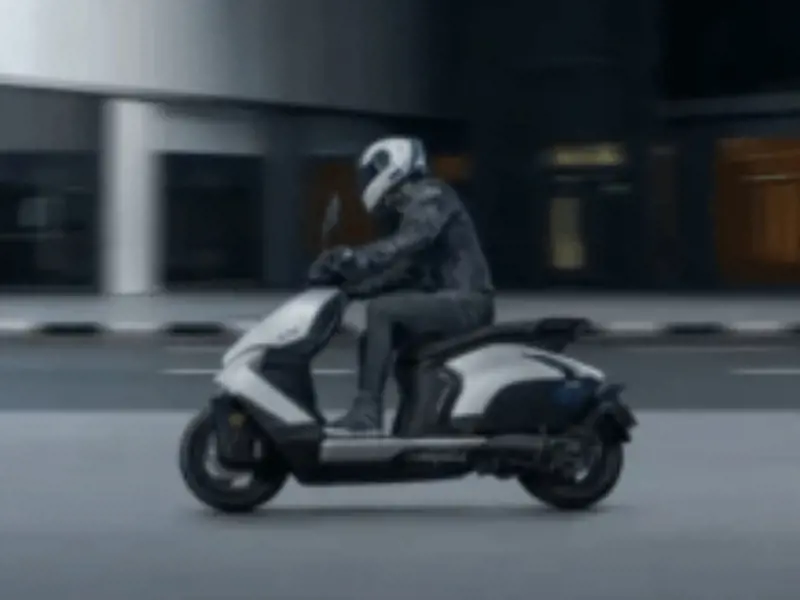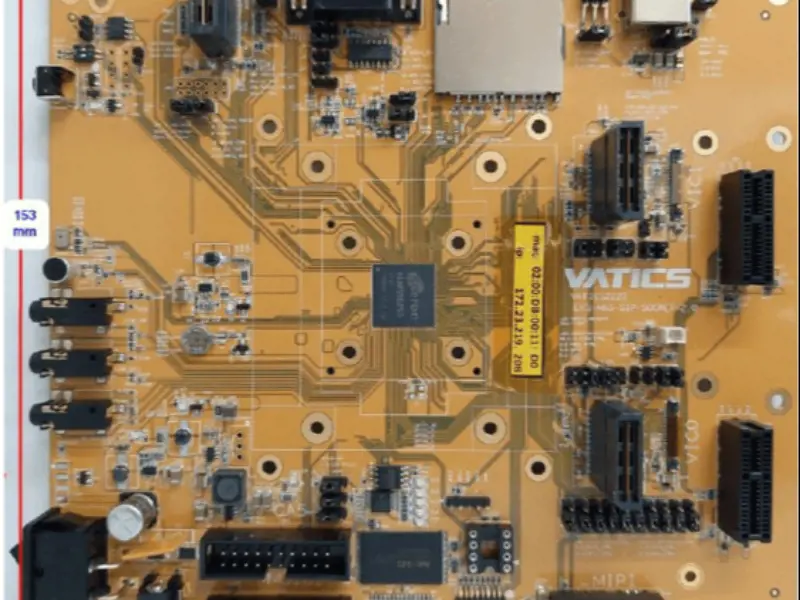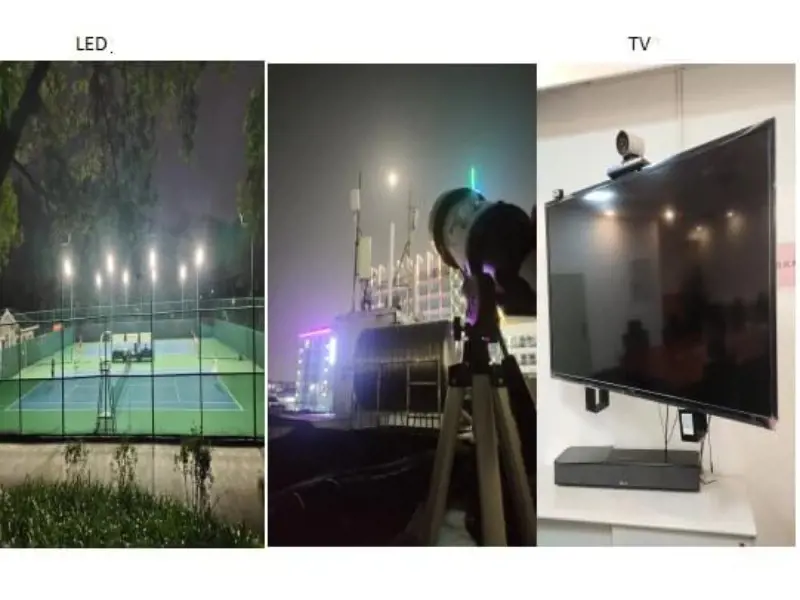Texas Instruments Programmable Logic and Automation Controller (PLC/PAC) Solutions
Programmable logic controller (PLC) and programmable automation controller (PAC) processing and control implementations encompass everything from test labs and manufacturing plants to military and medical electronics and basic data acquisition. They use a variety of sensors and feedback mechanisms to monitor and control the local environment and system/machine interactions by collecting, storing, and analyzing data. The data obtained from the sensors consists of precision measurements and the processing of ultra-low values or small changes in the analog voltage/current.
The following general requirements may apply:
Microprocessors: containing general purpose serial interfaces (e.g., I2C and SPI), general purpose I/O, timers, and flash memory TI offers a wide range of solutions for controlling processors, from ultra-low power MSP430 microprocessors to ARM™ Hercules® based Cortex™-R4F safety MCUs and C2000 digital signal controllers (DSC) and The MSP430F24X family offers low power consumption, wide supply voltage range, programmable supply voltage monitor and internal reference ADC. 32-bit digital signal controllers such as the F28235/28335 offer highly integrated and embedded flash memory (up to 512kB), ultra-fast ADCs, communication ports, and PWM control ports. Hercules safety MCUs are designed to simplify the development and certification of safety-critical systems. 12-bit ADCs for Hercules MCUs, flexible HET co-processors, and communication peripherals (e.g., USB, Ethernet, and CAN for enabling MCUs as safety networking controllers that can also perform safety motor control).
DACs: Low-power, output voltage DACs with 12 to 18-bit resolution, sampling rates of 10kSps, and build-up times between 50 and 100µS are ideal. 4.0 LSB INL is the most accurate.
Analog to digital converters: SAR ADCs should have: a single supply, 250kSPS, serial interface, 12 to 16-bit resolution, and INL of 1 LSB. Σ-Δ ADCs should have 16 to 24-bit resolution, built-in PGA/buffer, simple proportional measurement method, 50Hz and 60Hz rejection, and low noise (high ENOB).
Isolators: The ISO72XX series contains one to four channel devices in different configurations and speed ratings, perfectly meeting the 4kV (peak) and 3kV (rms) requirements of the safety approvals (UL1557, VDE0884). The maximum operating voltage is 560V (peak). All input voltages should be 5V tolerant.
Input amplifiers: Bipolar supply, high impedance, and low offset are essential for all input amplifiers. For voltage-specific applications, a wide common mode should also be available, as in the INA146/148. For current use, low drift and a gain of 1 are recommended, as in INA128.
Output drivers: The XTR300 is a complete output driver that meets not only the voltage supply requirement of 12V but also the current output requirement of ±20mA. The generic driver requirements are offset of 1mV, drift between 1 and 2μV/ºC, a minimum conversion rate of 1V/μs, and gain BW of 2MHZ. Some of the devices in the XTR1XX family support voltage, while others currently support only.
Voltage reference: if not integrated into the converter, it should be 2.5V or 5V and have a low quiescent current and drift. Many REF31XX, REF32XX, and REF50XX devices meet or exceed these requirements.
Connectivity: Traditional analog (4 - 20mA) and RS-232/RS-485 interfaces have been a common choice for industrial control and sensor applications. Looking ahead, designers will be integrating mainstream wired interfaces such as Ethernet, USB, and CAN into their products. In addition, wireless options such as ZigBee, Bluetooth, and other low-power wireless protocols are becoming increasingly popular. Ti is committed to providing solutions for both traditional and emerging industrial interfaces. For example, TI recently introduced the ISO1050, the world's first isolated CAN transceiver.
Power: DC/DC controllers such as the TPS40210 use external power MOSFETs to maximize design flexibility. LDOs such as the TL317 are simple, inexpensive power regulation, while DC/DC converters with integrated power MOSFETs, such as the TPS5410, offer highly integrated buck regulation.
Previous: MobileTech showcases a variety of cutting-edge edge computing and machine vision solutions









